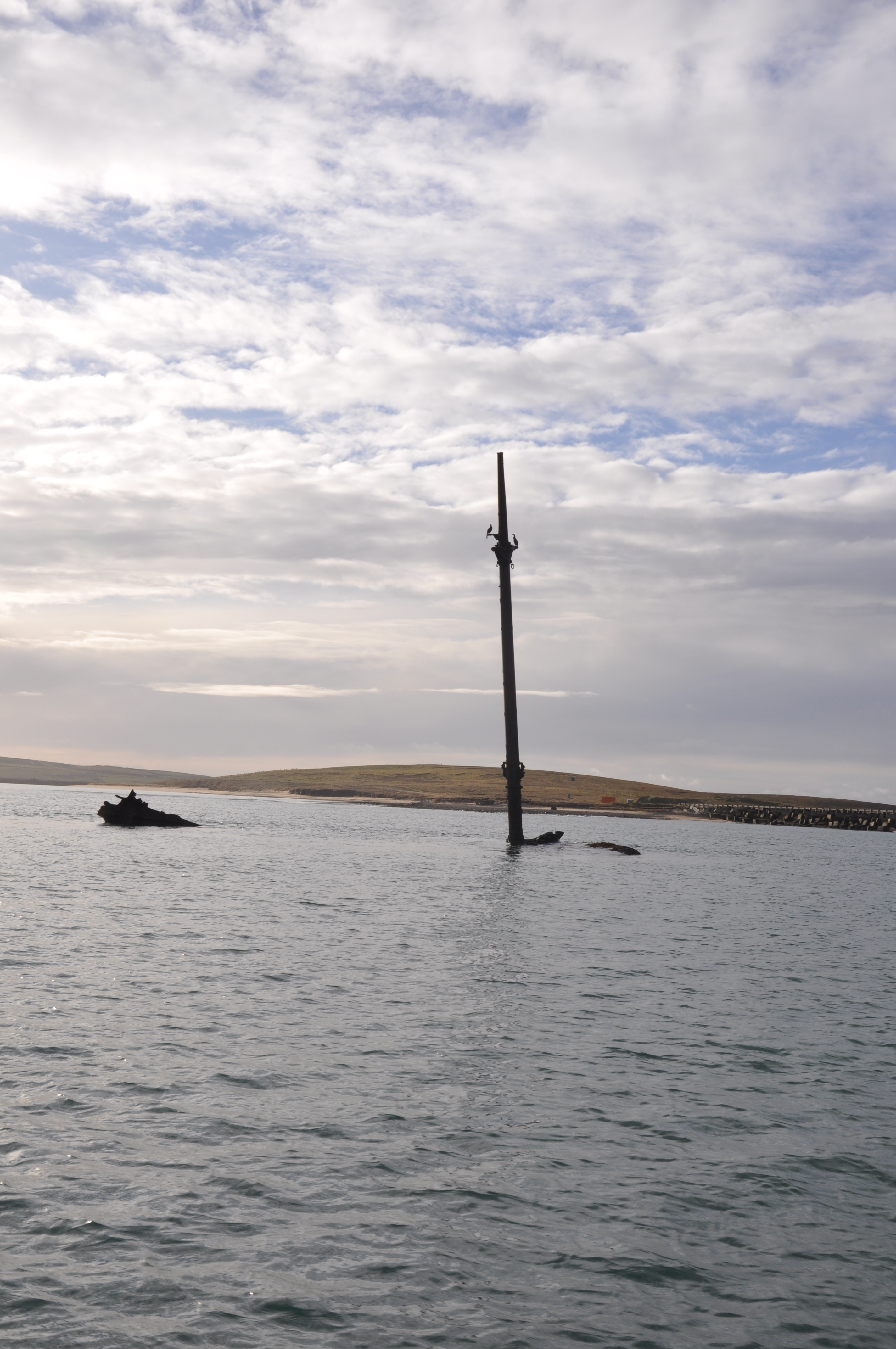
Bid to protect scuttled Scapa Flow World War I wrecks
One hundred years ago, the German High Seas Fleet was scuttled at Scapa Flow on Orkney.
Now, a century later, a consultation has been launched seeking views from the public on the designation of the site as a Historic Marine Protected Area (HMPA).
The consultation was announced this week by First Minister Nicola Sturgeon at Scotland’s International Marine Conference 2019, hosted in Glasgow by Marine Scotland.
Historic Environment Scotland (HES), who advise Scottish Government on the designation of historic MPAs, has recommended that the Scottish Government recognise and protect this hugely important part of Scotland’s wartime heritage with Historic Marine Protected Area status.
Historic MPAs aim to preserve marine historic assets of national importance, so that they can be protected, valued and understood.
Orkney has one of the most outstanding collections of First and Second World War naval wreckage remains, both above and underwater.

Second World War blockship Emerald Wing at Churchill Barrier 2 (Photo: Scapa Flow 2013 Marine Archaeology Survey / Paul Sharman)
Since 2001, the remains of three battleships and four cruisers of the German High Seas Fleet scuttled in Scapa Flow in 1919 have been protected as scheduled monuments. The change to a Historic MPA is a more appropriate way to manage this fragile part of our history.
Philip Robertson, deputy head of designations at HES, said: ‘Scapa Flow is an internationally significant heritage asset which attracts visitors from all over the world.
‘The launch of this consultation follows extensive public engagement with stakeholders over the past few years regarding Scapa Flow, from our online survey to meetings with those who live and work in and around the site. We have also been working closely with Orkney Islands Council on the way forward.
‘It’s important that the public have their say in how best to manage the site for the future, balancing the protection of Orkney’s important wartime heritage while taking account of other interests, including the importance of the harbour to Orkney’s sustainable economic growth.
‘We want to promote access to Scapa’s heritage and the Historic MPA will help to ensure that people enjoy marine heritage responsibly.
‘I’d like to encourage everyone with an interest in Scapa Flow to take this opportunity to share their views about our nation’s priceless marine heritage.’
The array of underwater archaeological remains at Scapa Flow includes wrecks from June 1919 when, as part of the Armistice agreement at the end of the First World War, Germany had to surrender most of its fleet.

Wreck of the light cruiser Brummer (Photo: Dr Chris Rowland / Shiptime Project)
A total of 74 ships of the German High Seas Fleet arrived in Scapa Flow for internment.
On 21 June 1919, under the mistaken belief that peace talks had failed, Rear Admiral Ludwig von Reuter gave the command to scuttle the entire fleet at Scapa Flow. A total of 52 ships went to the seafloor, making it the greatest loss of shipping ever recorded in a single day.
A major resource for salvage from 1919 to the 1970s, nowadays the wrecks of the German High Seas Fleet are a significant heritage asset, attracting visitors from all over the world and contributing to the economy of Orkney.
Recent survey work by HES and their partners on Orkney has shed new light on how much survives underwater. The research shows a hugely diverse range of archaeological material on and in the seabed and that just like landward archaeological sites, this fragile heritage is prone to deterioration and decay.
First Minister Nicola Sturgeon said: ‘Marine protected areas are an undoubted success story. In the last seven years the network has doubled and they now account for more than a fifth of Scotland’s Seas. It is important that we conserve sites of historic interest and the public are able to have a say on how we do this.
‘Scapa Flow is clearly a very important part of Scotland’s maritime history, particularly during the World Wars. As we move towards the 2020 Year of Coasts and Waters, it is right that appropriate steps are taken to ensure this wartime heritage is preserved in a way that we can enjoy, remember and understand it responsibly.’
To view the full designation report, and to take part in the consultation, visit the HES website.
TAGS

